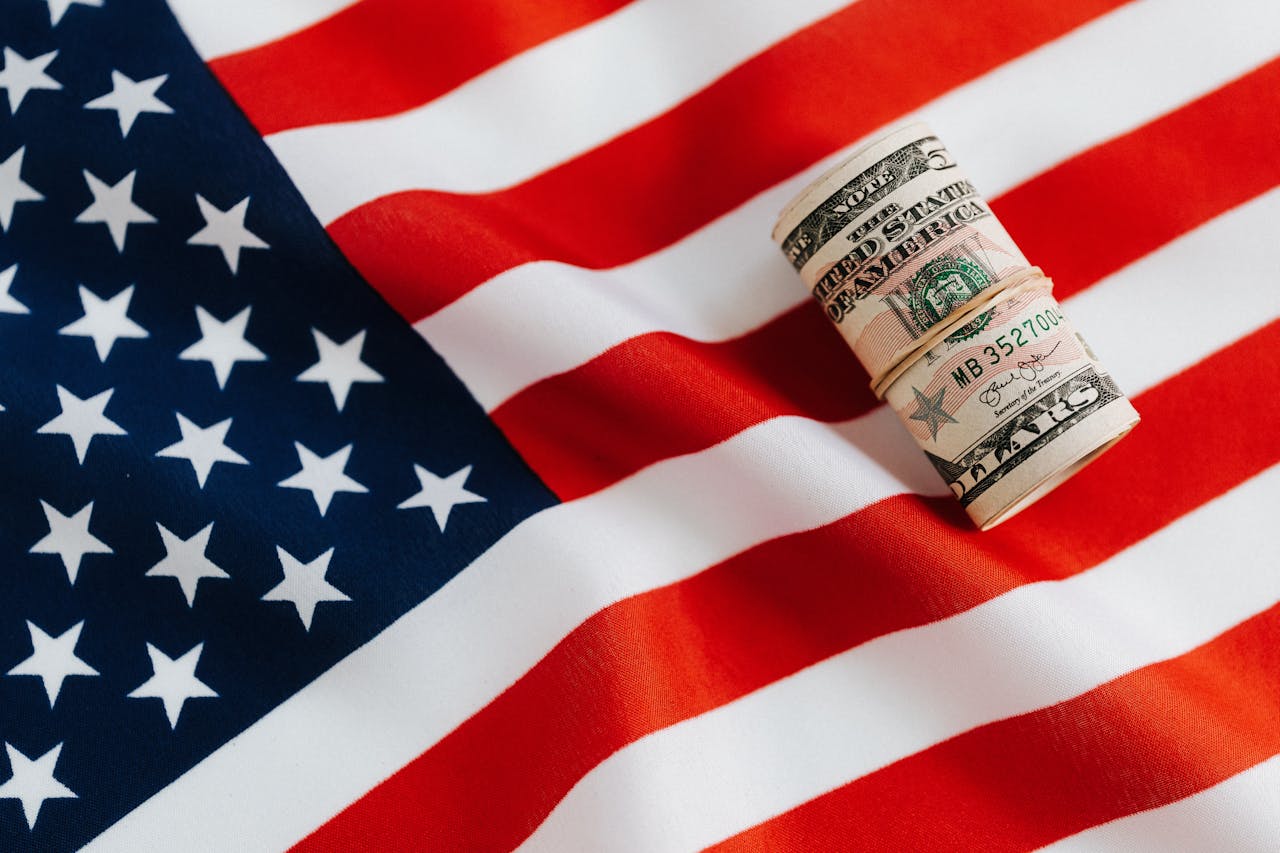1. What exactly is a VA loan? How is it different from other loans?
A VA loan—short for “Veterans Affairs loan”—is a mortgage guaranteed by the U.S. Department of Veterans Affairs, specifically designed for eligible veterans, active-duty service members, and some qualifying family members. Unlike FHA loans or conventional loans, the VA loan stands out for one major feature: zero down payment and no private mortgage insurance (PMI), while offering lower-than-market interest rates.
In simpler terms, it’s a home financing benefit from the government to honor military service. If you’re eligible, you can buy a home with minimal upfront cost—even with less-than-perfect credit.
2. Who can apply for a VA loan? Not everyone qualifies
Not everyone is eligible for a VA loan—this is a targeted benefit. According to the U.S. Department of Veterans Affairs in 2025, the following groups are eligible:
- Active-duty military: Those who have served at least 90 consecutive days;
- Veterans: Those who meet minimum service requirements and were not dishonorably discharged;
- National Guard/Reservists: Those who have served 6 years or 90 days under federal orders;
- Surviving spouses: Unremarried spouses of service members who died in the line of duty.
Each applicant must present a Certificate of Eligibility (COE), obtainable through the VA website or approved lenders.
Note: Even if you meet the eligibility criteria, lenders still perform basic checks like credit history. If you’ve had prior bankruptcies or mortgage defaults, you may face additional hurdles.
3. VA Loan Application Requirements & Step-by-Step Process (2025)
Compared to FHA and conventional loans, the VA loan application process is more lenient, but certain requirements still apply (as of 2025):
| Item | VA Loan Requirement (2025) |
|---|---|
| Credit Score | Recommended minimum: 620 (not strictly enforced by VA) |
| Down Payment | 0% Down |
| Property Type | Must be primary residence |
| COE Certificate | Required and issued by VA |
| Debt-to-Income Ratio | Typically ≤ 41%, but flexible |
| Loan Limit | No hard cap; most states allow up to $766,550, high-cost areas up to $1,149,825 |
Application Process:
- Obtain your COE;
- Find a VA-approved lender;
- Submit basic documents (income, credit, tax returns);
- Pass the VA property appraisal;
- Sign contract and close.
Most VA loans can now be pre-approved online, with an average timeline of 7–14 days.
4. Top 5 Benefits of VA Loans—Why Veterans Recommend Them
- Zero Down Payment: You can buy a home without saving for a large down payment.
- No PMI Required: Unlike conventional loans, you won’t pay monthly private mortgage insurance.
- Lower Interest Rates: VA loans typically come with lower rates (6.05% on average in 2025—about 0.3% less than conventional).
- Credit-Flexible: Although lenders prefer a 620+ score, overall repayment ability carries more weight.
- Reusable and Transferable: VA loan benefits can be used multiple times and even transferred to another eligible buyer.
5. Hidden Costs & Limitations of VA Loans—What You Should Know
While VA loans offer many advantages, they are not cost-free. Watch out for the following:
| Item | Description | Example (on $300,000 home) |
|---|---|---|
| VA Funding Fee | One-time fee, varies by usage | 2.15% for first-time use ≈ $6,450 (can be rolled into loan) |
| VA Appraisal Fee | Must use VA-approved appraiser | $600–$800 average |
| Occupancy Rule | Must move in within 60 days | Non-occupancy = default |
| Property Restrictions | Only for primary residence, not for rentals/Airbnb | Usage restricted |
💡 Tip: If you’re a disabled veteran with at least 10% service-connected disability, the VA funding fee is waived—saving thousands.
6. VA vs FHA vs Conventional Loans—Which One Fits You?
| Feature | VA Loan | FHA Loan | Conventional Loan |
|---|---|---|---|
| Down Payment | 0% | ≥ 3.5% | ≥ 5–20% |
| PMI/MIP | None | Required | PMI removable |
| Credit Requirement | Recommended ≥ 620 | ≥ 500 | ≥ 620 (ideal >740) |
| Property Use | Must be primary home | Must be primary | Can be rental or primary |
| Refinance Options | VA IRRRL available | FHA Streamline | Standard refi options |
Which one to choose?
- If you’re a veteran and want zero down plus low interest, VA loans should be your first choice.
- If your credit is under 600 and you’re not military, FHA loans are easier to qualify for.
- If you have strong credit and savings, conventional loans may offer the lowest total cost long-term.
7. Common Misconceptions About VA Loans
- Myth: VA loans are complicated and lenders hate them.
➤ Truth: In 2025, over 9,500 lenders offer VA loans. The process is digital and just as fast as conventional loans. - Myth: Using a VA loan means you’re broke.
➤ Truth: VA loans are an earned benefit. According to HUD data, VA borrowers had a delinquency rate of just 1.8%—lower than FHA or some conventional loans. - Myth: You can only use a VA loan once.
➤ Truth: You can reuse the benefit multiple times, even after selling your previous home or paying off the mortgage.
8. 2025 VA Loan Trends & Policy Updates
- Record-high VA Loan Volume: $229 billion in 2024, projected to exceed $250 billion in 2025.
- Online Platforms Leading the Way: Rocket Mortgage, Veterans United, and others now fully support VA loan digital pre-approval.
- Push for Lower Funding Fees: Veteran advocacy groups are lobbying for reduced first-time buyer fees.
- State-Level Support Expands: States like Texas and North Carolina are combining VA loans with local down payment assistance to increase affordability.
If you’re a veteran, active-duty service member, or a qualifying family member, the VA loan could be your key to homeownership and long-term financial stability. In a world of rising home prices and rate volatility, making the most of this benefit might be more important than ever.



